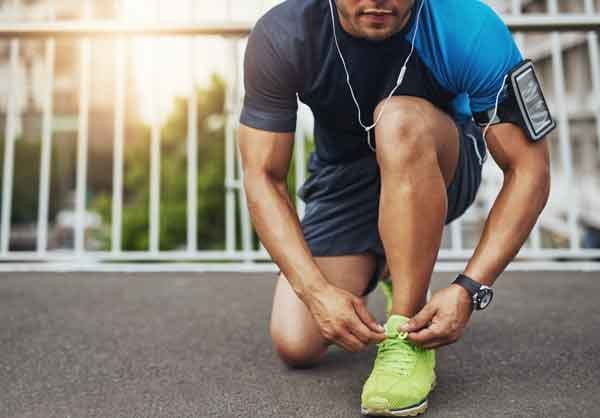Patellofemoral pain syndrome (PFPS) – also known as runners’ knee – is the most common injury experienced by runners. It accounts for approximately 20 percent of all running injuries.
However, runners’ knee affects more people that just runners. If you regularly carry out activities where you bend your knees a lot, such as walking or bike riding, you too can be affected.


